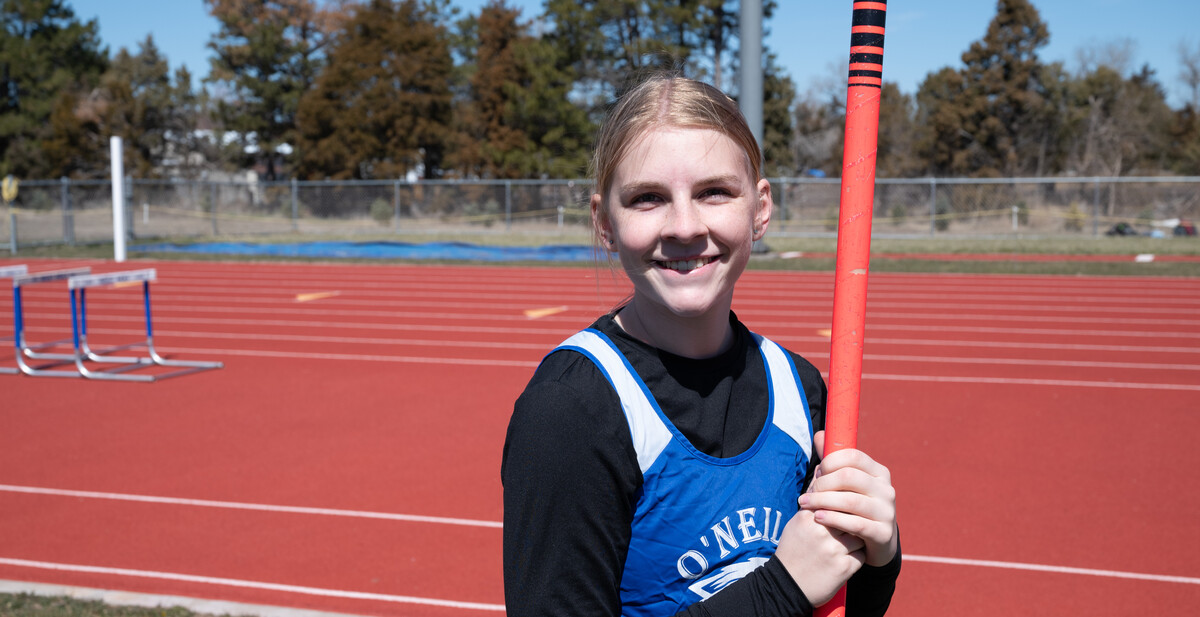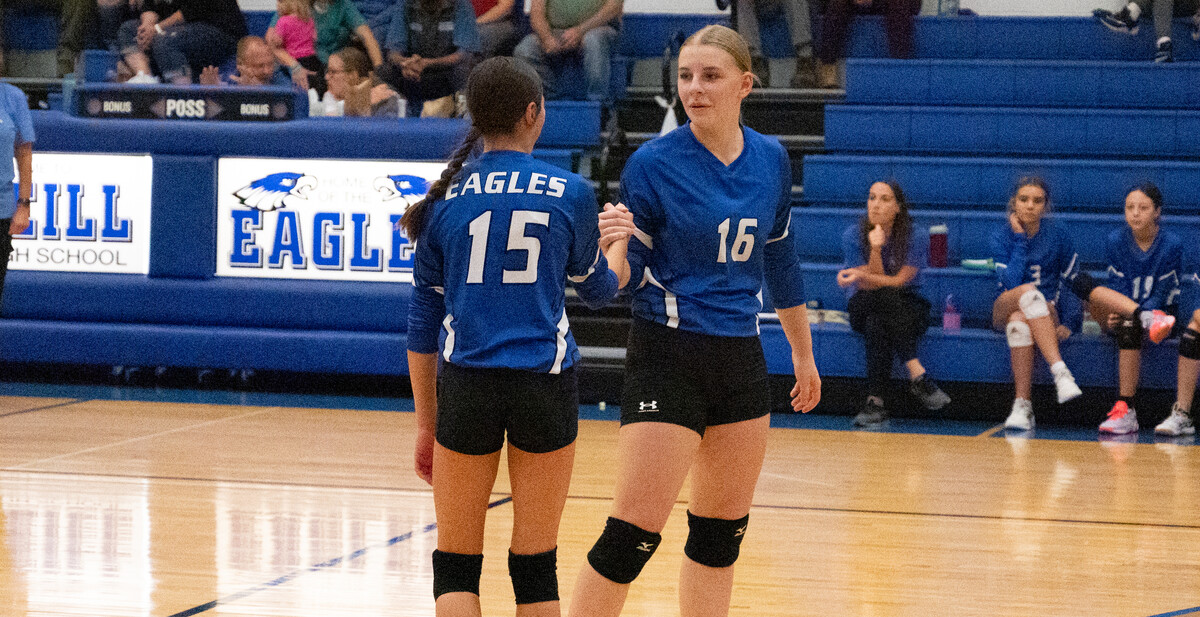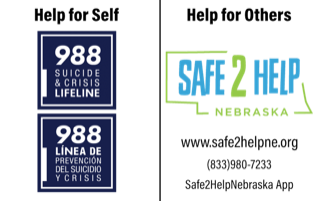2011-2012 State of the Schools Report
November 20, 2012
The 2011- 2012 Nebraska State of the Schools Report was released on Tuesday, November 20th. Much of the same information from previous years can be found in this report, such as district demographics and federal accountability. New this year is the Nebraska Performance Accountability System (NePAS). The new accountability system provides information about the progress of districts by ranking them in the following four areas:
- Status – rankings by district average scale scores in reading, math, science, and writing (except 4th grade).
- Improvement – rankings compare scale scores of students in a certain grade from year to year (3rd graders in 2011 to 3rd graders in 2012) in the areas of reading and math only.
- Growth – rankings compare scale scores of the same students over time (3rd graders in 2011 to 4th graders in 2012 in the areas of reading and math only.
- Four-year Cohort Graduation Rate – rankings by high school graduation rates for those students who completed high school in four years.
The system ranks districts by the following grade level configurations:
- Elementary grade-level configuration (grades 3-5)
- Middle School grade level configuration (grades 6-8)
- High School grade level configuration (grade 11)
- District configuration (grades 3-8 and 11)
The new NePAS ratings showed that students at each age span had made significant improvement and growth from the previous year in the area of reading. Improving reading across the content areas has been the district’s school improvement goal for the past 5-year cycle. Students in the elementary grade span ranked 96th out of 248 districts in the area of reading improvement and 15th out of 243 districts in the area of reading growth. Elementary students ranked 84th out of 224 districts in the area of science status.
Students in the middle school grade span ranked 43rd out of 248 districts in the area of reading improvement and 83rd out of 248 districts in the area of reading growth. These students also ranked 32nd out of 231 districts in the area of writing.
Students in the high school grade span (11th graders) ranked 77th out of 227 districts in the area of reading status and 81st out of 218 districts in the area of reading improvement. They ranked 83rd out of 227 districts in the area of science and 97th out of 226 districts in the area of writing.
Rankings in the area of math were lower than the district would like, with students in the elementary grade span ranking 214th out of 249 districts, students in the middle school grade span ranking 188th out of 249 districts, and students in the high school grade span (11th grade) ranking 159th out of 227 districts. Math is an area that will receive a great deal of attention this year and next as we try to implement some of the strategies that are showing promise in the area of reading.
The district was ranked 84th out of 182 districts in the area of four-year cohort graduation rate, with a graduation rate of 92.28% as compared to the state average of 87.61%. Having less than a 100% cohort graduation rate occurs for a number of reasons. Some students on IEPs (Individual Education Plans) attend school until the age of 21, to best prepare them for life after high school; these students count as “drop outs” until they turn 21. Our district has also had students move into the district in the upper grades, only to leave after a short period of time without enrolling in another school district. They then count against our graduation rate.
O’Neill’s demographics were similar to the previous year, with 48.75% of its K-12 students qualifying for free or reduced priced meals, 7.93% of its K-12 students learning English as their second language, 19.89% of its K-12 students qualifying for special education services, and 19.47% of its K-12 students moving in or out of the district at least once throughout the year. All of these demographics are higher than the state’s averages.
No Child Left Behind set the goal of 100% of students in grades 3-8 and 11 be proficient on the Nebraska State Standards by 2014. This includes students in all demographic sub-groups including free and reduced price lunch eligible students, special education students, ELL (English Language Learner) students, males, females, ethnicity, mobility, and migrant status.
The standards for making AYP (Annual Yearly Progress) for federal reporting this year are as follows:
AYP STATE Goals for 2011-2012
|
NeSA Reading |
NeSA Math |
|
|
Elementary |
78% |
67% |
|
Middle |
80% |
67% |
|
High |
79% |
61% |
The elementary school did not make AYP in the following sub-groups: Hispanics and Special Education for reading and Hispanics, Special Education, and students qualifying for free or reduced priced meals for math. The middle school did not make AYP in the following sub-groups: students eligible for free or reduced priced meals for reading. The High School made AYP with all sub-groups.
In his press conference on November 20th, Commissioner of Education Roger Breed cautioned the public to remember that the NeSA assessments are just one measure of the progress that students are making, and that the rankings for schools should not be over-emphasized for this reason. The ultimate goal is to be sure that all students are college and career ready when they leave high school.
O’Neill Superintendent Amy Shane stated, “O’Neill’s students and teachers are working hard and making good progress toward district and state goals. We will continue to work tirelessly toward preparing our students for success at the next level.”











